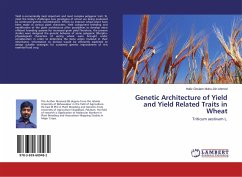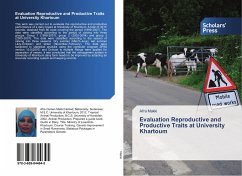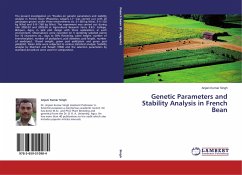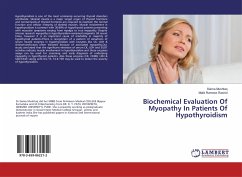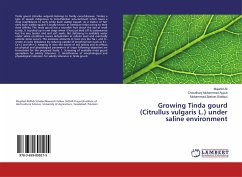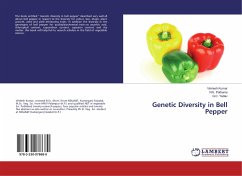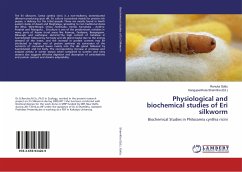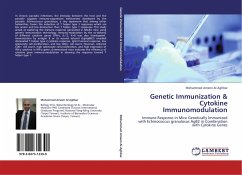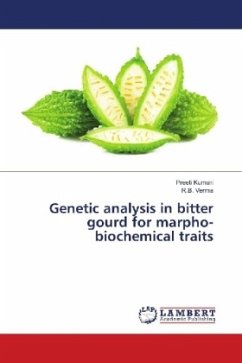
Genetic analysis in bitter gourd for marpho-biochemical traits
Versandkostenfrei!
Versandfertig in 6-10 Tagen
36,99 €
inkl. MwSt.

PAYBACK Punkte
18 °P sammeln!
Bitter gourd (Momordica charantia L.) is an economically important commercial and nutritious vegetable of cucurbit belongs to the family cucurbitaceae. The fruits contain 2.1 g of protein, 1.8 mg of iron, 20 mg of calcium, 88 mg of vitamin C, 55 mg of phosphorus and 210 I.U. of vitamin A in 100 g of edible portion. Bitter melons serve as a preventive, complementary and/or alternative treatment for diabetes and its complications. Fruits of bitter gourd also have anti-oxidant, anti-microbial, anti-viral activities. Therefore, it can play a vital role in achieving the nutritional security. The su...
Bitter gourd (Momordica charantia L.) is an economically important commercial and nutritious vegetable of cucurbit belongs to the family cucurbitaceae. The fruits contain 2.1 g of protein, 1.8 mg of iron, 20 mg of calcium, 88 mg of vitamin C, 55 mg of phosphorus and 210 I.U. of vitamin A in 100 g of edible portion. Bitter melons serve as a preventive, complementary and/or alternative treatment for diabetes and its complications. Fruits of bitter gourd also have anti-oxidant, anti-microbial, anti-viral activities. Therefore, it can play a vital role in achieving the nutritional security. The subjectiveness of quality introduces great deal of complications in its genetic improvement. Therefore, quality is often a secondary priority in the breeding program. Knowledge of existing variability both at phenotypic and genotypic levels, in the breeding material, for yield and yield attributing traits with good quality is a basic pre-requisite for any breeding approach to be exploited for crop improvement.



